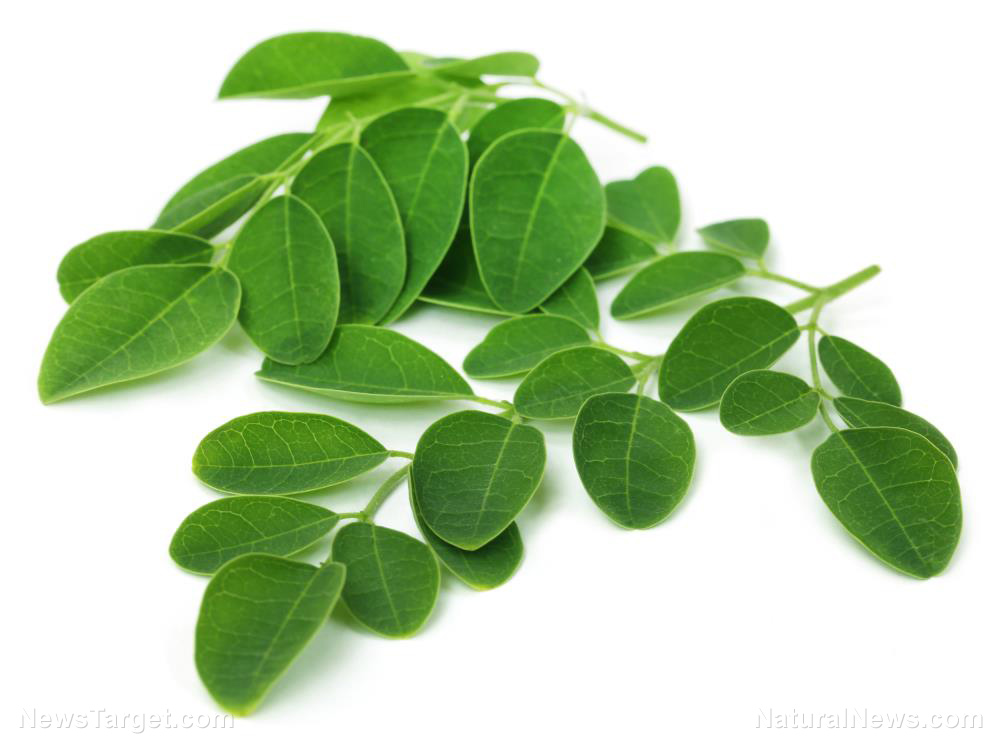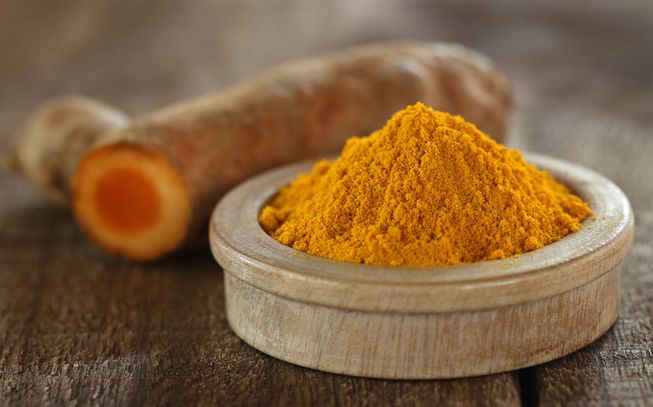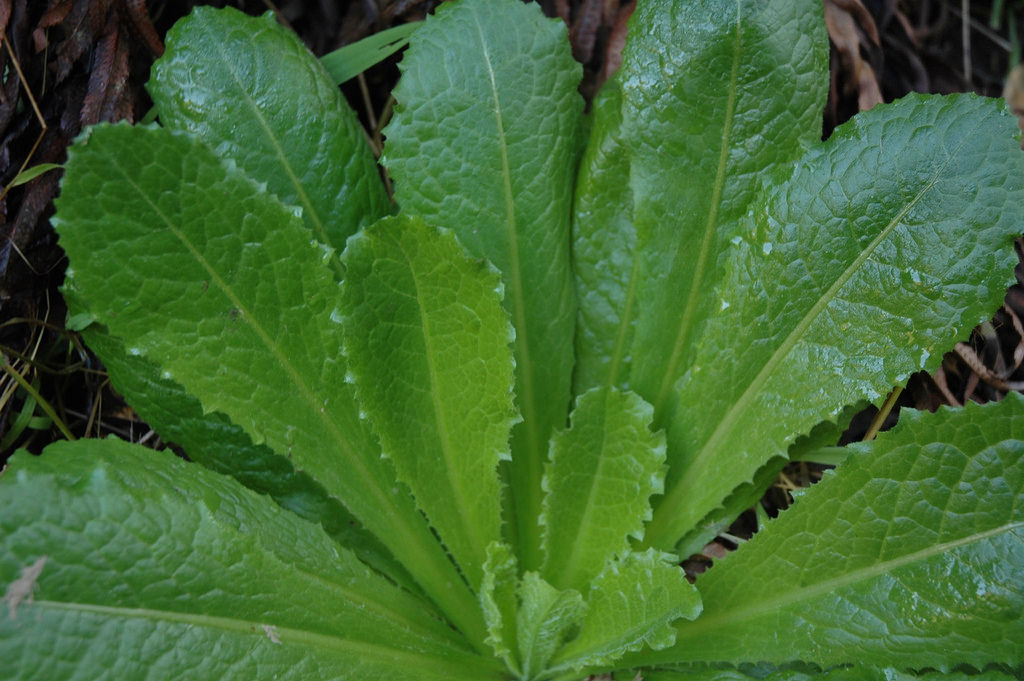
Advertisement
Moringa (Moringa oleifera) is an herb widely known for its nutritional value. All parts of moringa – the leaves, fruits, roots, bark and flowers – are edible and contain key nutrients.
It goes by different names in different countries: Filipinos call it “malunggay,” Thais call it “ma-rum,” Indians call it “saijan,” and many Africans call it “nebedaye” which means “never die.” Moringa’s African name is apt, as its resilience to drought and poor soil makes it an important source of both food and medicine in the continent’s poor areas. The United Nation’s Food and Agriculture Organization lauded moringa as an excellent source of green vegetable sustenance when little food is available due it its fast-growing and drought-tolerant nature.
Due to its high nutrient content, moringa is used to augment the nutritional requirements of malnourished children. Its protein is easy to digest and its high vitamin A content can help improve immunity and vision, promote skin health and aid in bone growth. Moringa is also a galactogogue, which helps nursing mothers produce more breast milk.
In fact, the circular moringa leaves are nutrient powerhouses! Fresh leaves contain four times more vitamin A than carrots, three times more potassium than bananas, seven times more vitamin C than oranges and four times more calcium than milk. A study revealed that fresh moringa leaves can provide 1000 milligrams of calcium with a serving of 100 grams, while dried ones can provide more than 4,000 milligrams of calcium with the same serving size.
In addition, a recent study in the Philippines found that moringa can potentially help address colorectal cancer – one of the more common types of cancer. Filipino researchers introduced moringa leaf powder in cancer-induced rats and found that it slowed down the mutation of a gene responsible for cancer cell division.
Aside from these, what are some more benefits you can get from moringa?
Moringa has anti-oxidative properties
Moringa leaves, pods and seeds contain high concentrations of anti-oxidant compounds. These reduce oxidative damage in cells by stopping the production of harmful free radicals at the source and increasing anti-oxidant enzymes the body produces.
One study that gave participants seven grams of moringa leaf powder as a dietary supplement for three months found a significant increase of antioxidant compounds in their blood. The antioxidant properties of moringa leaves are directly related to anti-inflammatory and antibacterial effects, and further research is needed to find out its potential effects on tumors.
Moringa helps address type 2 diabetes
Type 2 diabetes, or diabetes mellitus, is a chronic disease characterized by the body’s inability to process sugar in the blood. This kind of diabetes often affects people over the age of 40, and can be managed and treated.
A clinical trial in India involved participants with type 2 diabetes mellitus being given both moringa and neem (Azadirachta indica) seed powders thrice a day. Compared to neem, moringa was found to be more effective in improving glucose tolerance and reduce bad cholesterol levels in type 2 diabetes patients. These findings suggest its potential as a safe and effective treatment for type 2 diabetes, albeit further research is needed.
Moringa fights disease-causing bacteria
Antibiotics are commonly used to address bacteria that cause urinary tract infections (UTI), but these carry the risk of becoming resistant to antibiotics in the long run. However, moringa has been shown to act similar to cranberry (Vaccinium macrocarpon) when it comes to dealing with UTI-causing bacteria. Moringa prevents these pathogens from sticking to the bladder wall, which will then be expelled from the body through urination.
A study conducted in India tested out moringa’s antibiotic properties against UTI-causing pathogens, given that decoctions made from its stem bark have been used as folk medicine treatment. Fifteen UTI patients were given a decoction made from moringa stem bark while 15 others were given the antibiotic medicine levofloxacin. It found that the stem bark decoction was as effective as levofloxacin in alleviating UTI symptoms without side effects.
Moringa can easily be included in your diet, just like any other vegetable. The Filipino vegetable stew pinakbet uses the equally nutritious pods, but some versions add in the leaves. The leaves are added to mung bean stew: The nutritious moringa bolsters the protein-rich mung bean, making it very suitable for vegetarians. Pork is commonly used as a main ingredient, but you can replace it with shrimp or dried fish such as anchovies.
Include more moringa in your daily diet, and enjoy the health benefits of this wonder herb!
Sources:
TheBioscan.in [PDF]
Advertisements







